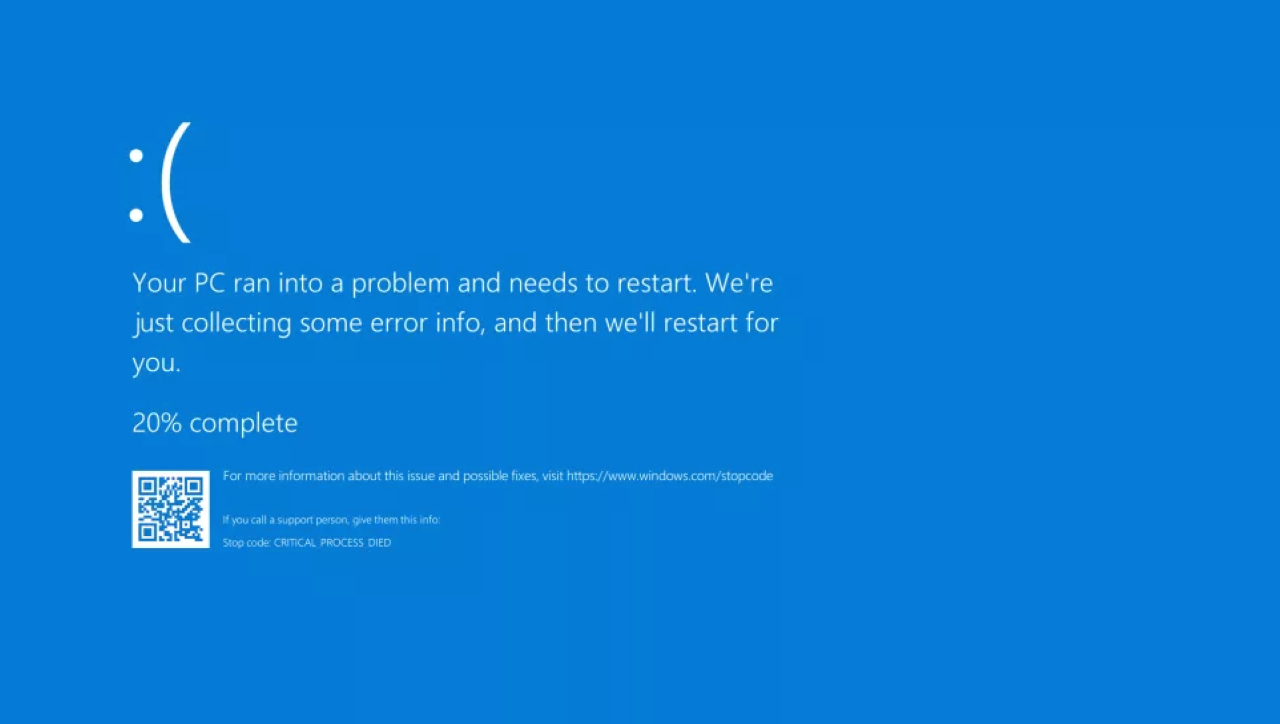The Critical Process Died error is one of the many Blue Screen of Death (BSoD) errors encountered by Windows users. When this error occurs, the system abruptly stops, displaying a blue screen with the error message .
Your PC ran into a problem and needs to restart. We’re just collecting some error info, and then we’ll restart for you.” This error often signifies a critical system failure that requires immediate attention.
In this article, we will explain what the “Critical Process Died” error is, its causes, and provide you with some practical solutions to fix it.
Understanding the Critical Process Died Error
What Causes the Critical Process Died Error?
Several factors can trigger the Critical Process Died error, including:
- Corrupted system files
- Faulty hardware
- Outdated or incompatible device drivers
- Malware or virus infections
- Recent software or system change
Common Symptoms of the Critical Process Died Error.
Identifying the Critical Process Died error is essential for effective troubleshooting Common symptoms include:
- Frequent system crashes leading to BSoD
- Error message displaying “Critical Process Died”
- Inability to boot into Windows properly
Troubleshooting the Critical Process Died Error.
Resolving the Critical Process Died error requires careful diagnosis and troubleshooting. Here are some steps to help fix the issue:
Restart Your Computer
- A simple restart may resolve temporary system glitches causing the error.
Check for System Updates
- Ensure your operating system is up to date with the latest patches and fixes.
Run System File Checker
The System File Checker tool is a built-in Windows utility that scans for corrupt system files and repairs them. Here’s how to run it:
- Press the Windows key + X and select “Command Prompt (Admin)”.
- Type “sfc /scannow” and press Enter.
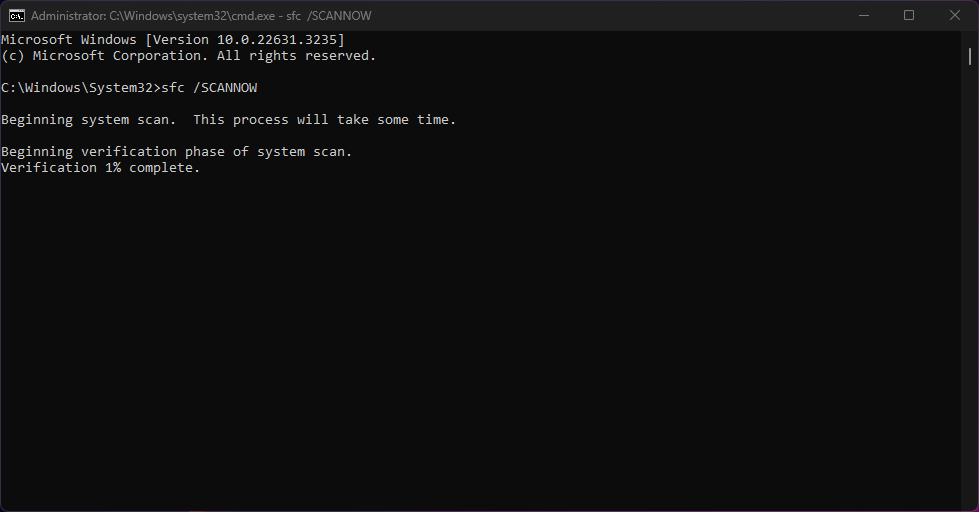
- Wait for the scan to complete and restart your computer.
Repair Corrupt System Files
If the System File Checker tool is unable to repair corrupt system files, you can use the Deployment Image Servicing and Management (DISM) tool to repair them. Here’s how to do it:
- Press the Windows key + X and select “Command Prompt (Admin)“.
- Type “DISM /Online /Cleanup-Image /RestoreHealth“ and press Enter.
- Wait for the scan to complete and restart your computer.
Perform System Restore
If you recently installed new software or made changes to your system settings and started encountering the “Critical Process Died” error, you can perform a system restore to revert to a previous working state. Here’s how to do it:
- Press the Windows key + X and select “Control Panel“.
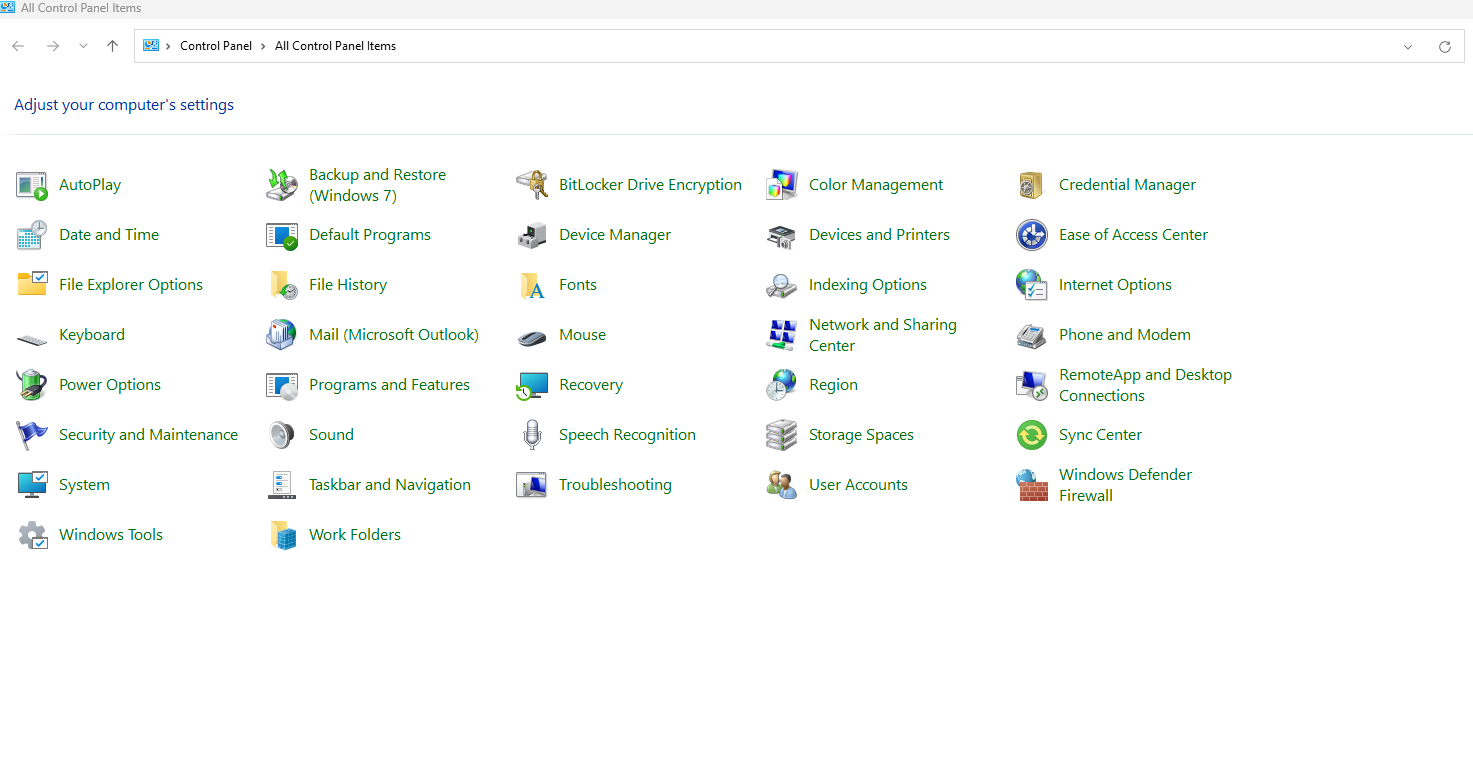
- Click “System and Security” and select “System”.
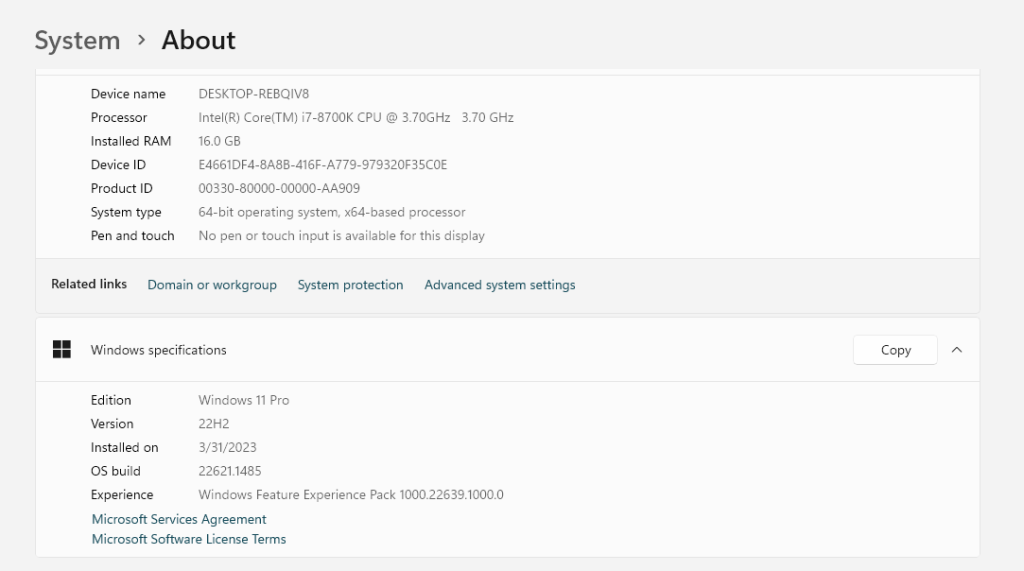
- Click “System Protection” and select “System Restore”.
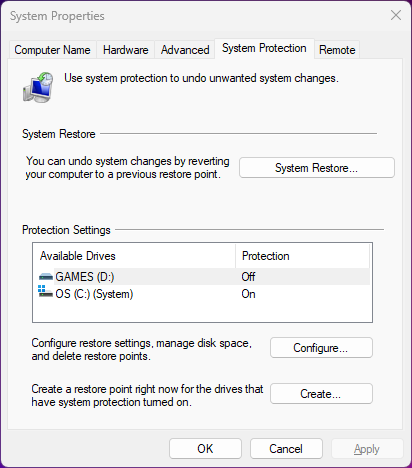
- Follow the on-screen instructions to restore your system to a previous working state.
Preventive Measures
By following these preventive measures, you can minimize the risk of encountering the Critical Process Died error and ensure a more stable and reliable computing experience.
- Update Device Drivers: Make sure all your device drivers, including graphics, audio, and network drivers, are up to date. Outdated or incompatible drivers can trigger the Critical Process Died error.
- Be Cautious with Software Installations: When installing new software or drivers, download them from official sources and verify their compatibility with your system to avoid conflicts that could lead to errors.
- Monitor System Temperature: Make sure your system is adequately cooled and monitor its temperature to prevent overheating, which can lead to hardware failures and system crashes.
